Trump announces immediate ceasefire between India and Pakistan after US mediation
- Update Time : Saturday, May 10, 2025
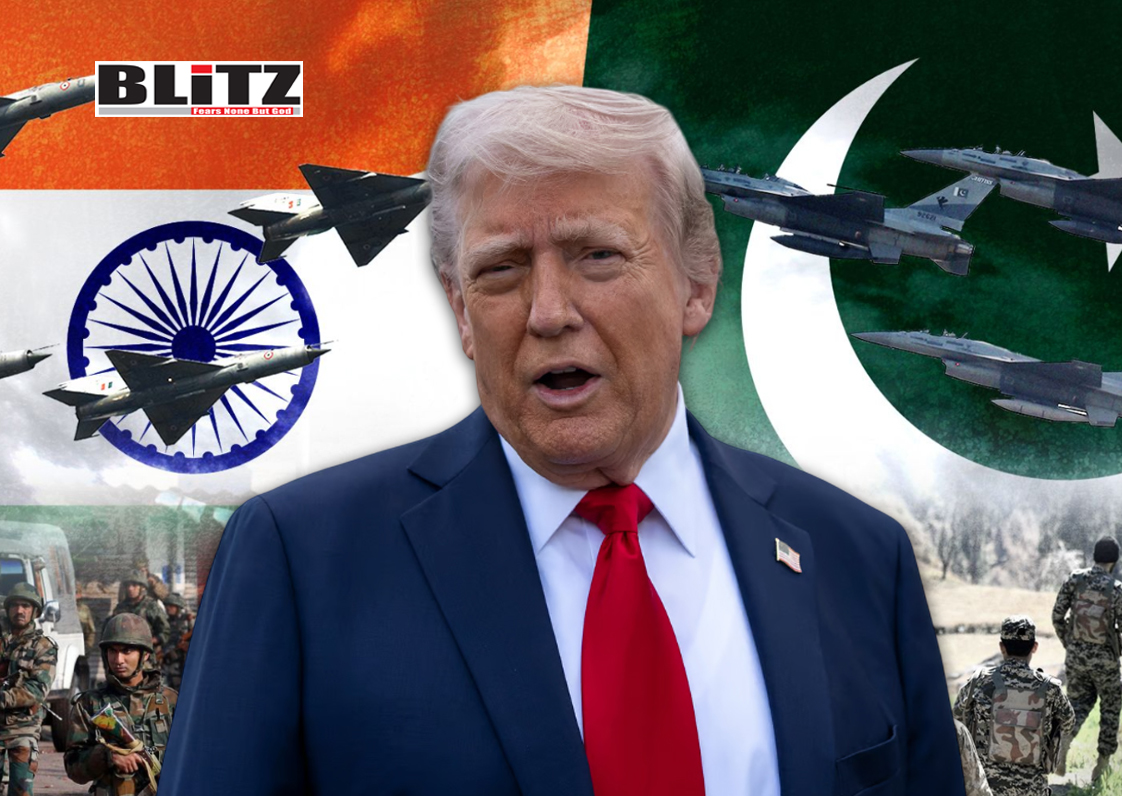
In a major diplomatic breakthrough, US President Donald Trump announced on May 10, that India and Pakistan have agreed to a full and immediate ceasefire following a rapid escalation of military hostilities earlier in the week. Trump credited a “long night of talks” mediated by Washington for brokering the truce between the two nuclear-armed neighbors, hailing it as a victory for “common sense and great intelligence” on both sides.
The announcement was made via Trump’s official Truth Social account on May 10, just hours after Indian and Pakistani officials confirmed that a ceasefire had taken effect at 5.55 pm local time. The White House revealed that US Secretary of State Marco Rubio and Vice President JD Vance had engaged in intense negotiations with senior Indian and Pakistani leadership over the preceding 48 hours to avert further bloodshed.
According to Secretary Rubio, discussions involved direct engagement with Indian Prime Minister Narendra Modi, Pakistani Prime Minister Shehbaz Sharif, Indian External Affairs Minister S Jaishankar, and Pakistan’s Chief of Army Staff General Asim Munir. Rubio stated that both sides had agreed not only to halt military activities but also to begin broader diplomatic talks at a neutral venue, signaling hope for a potential thaw in their long-fraught relations.
The ceasefire comes at a crucial juncture. Over the past week, India and Pakistan appeared perilously close to the brink of full-scale conflict following a terrorist attack in India’s Jammu and Kashmir territory in April that killed 26 civilians. The attack was claimed by “The Resistance Front” (TRF), a group Indian authorities have linked to the Pakistani-based terrorist organization Lashkar-e-Taiba, responsible for numerous past attacks.
In response to the atrocity, New Delhi launched ‘Operation Sindoor’, a series of precision strikes targeting what it described as terrorist infrastructure in Pakistan-administered Kashmir and other regions inside Pakistan. India claimed the operation was intended to dismantle communication hubs and safe houses supporting militant groups.
Islamabad reacted furiously, categorizing the Indian strikes as a “heinous provocation” and denying any responsibility for the terrorist attack. Pakistan retaliated swiftly with shelling across the Line of Control (LoC) – the volatile de facto border in Kashmir – and conducted limited drone strikes against Indian military positions. On May 9, Pakistan escalated further by launching ‘Bunyan Al Marsoos’ (meaning “Unbreakable Wall”), a large-scale military operation targeting Indian military assets.
The risk of a wider war loomed large as artillery exchanges intensified and casualties mounted on both sides. Analysts warned that with both nations possessing nuclear arsenals, even a limited war could rapidly spiral out of control.
Facing mounting concerns about regional stability, Washington took an unusually hands-on approach. According to Trump, the US had been monitoring the situation closely and decided to intervene directly to prevent further escalation. Behind-the-scenes diplomacy unfolded over two tense days, culminating in Friday night’s urgent talks.
Trump praised the willingness of both Modi and Sharif to engage constructively despite intense domestic pressures. “It took a lot of courage, a lot of wisdom,” Trump posted. “The world should be grateful.”
While Pakistani Foreign Minister Muhammad Ishaq Dar confirmed that a ceasefire had been agreed upon, he notably omitted any mention of US involvement in his statement on social media. India, meanwhile, stated that the truce was initiated through a phone call between the military operations directors of both nations, initiated by Pakistan.
This discrepancy highlights a sensitive issue: while Washington’s role was critical, neither India nor Pakistan wishes to appear overly dependent on external powers, especially in managing bilateral issues. However, Trump’s announcement and Rubio’s press conference made it clear that without Washington’s intervention, a ceasefire might not have materialized so quickly.
Despite the ceasefire announcement, significant challenges remain. Deep-seated mistrust, bitter historical grievances, and the volatile situation in Kashmir mean that the truce is fragile. It will take more than diplomatic photo-ops and neutral-site talks to forge lasting peace.
Rubio indicated that initial diplomatic meetings between Indian and Pakistani delegations are expected to focus on cross-border terrorism, ceasefire verification mechanisms, and humanitarian issues such as the treatment of civilians along the LoC. Broader issues, including the status of Kashmir – the core dispute that has fueled multiple wars – are unlikely to see quick resolution.
Nevertheless, international reaction to the announcement has been cautiously optimistic. The United Nations Secretary General Antonio Guterres issued a statement welcoming the ceasefire and urging both nations to use this opportunity to address “the root causes of tension.” China’s Foreign Ministry also expressed support, while the European Union called for a “comprehensive and sustained dialogue” between New Delhi and Islamabad.
For Donald Trump, the ceasefire announcement marks a rare diplomatic success amid an election year dominated by domestic challenges. Trump, who has previously claimed he could mediate between India and Pakistan if needed, seized the opportunity to portray himself as a global peacemaker.
Political analysts noted that the announcement may also bolster Trump’s image among immigrant communities in the US, particularly Indian-Americans and Pakistani-Americans, who maintain deep ties to their home countries.
However, critics caution that celebrating prematurely could be dangerous. “Ceasefires between India and Pakistan have collapsed before,” said South Asia expert Christine Fair. “Without serious structural changes – addressing terrorism, military posturing, and Kashmir’s political status – this truce could be only temporary.”
The coming days will be crucial in testing the sincerity of both sides. Confidence-building measures, such as opening cross-border communication channels and verifying troop withdrawals from sensitive areas, will be critical in stabilizing the ceasefire.
India and Pakistan have fought three major wars and numerous skirmishes since their independence in 1947, mostly over the disputed region of Kashmir. Despite numerous peace efforts, sustained dialogue has often fallen apart after terrorist attacks or political shifts in either country.
If the Washington-mediated ceasefire can survive the immediate weeks ahead, it may lay the groundwork for more substantive talks. If not, the cycle of violence could resume with even deadlier consequences.
For now, the guns along the Line of Control are silent – a moment of relief for millions living along the border – but whether this marks a true turning point or simply a pause remains to be seen.


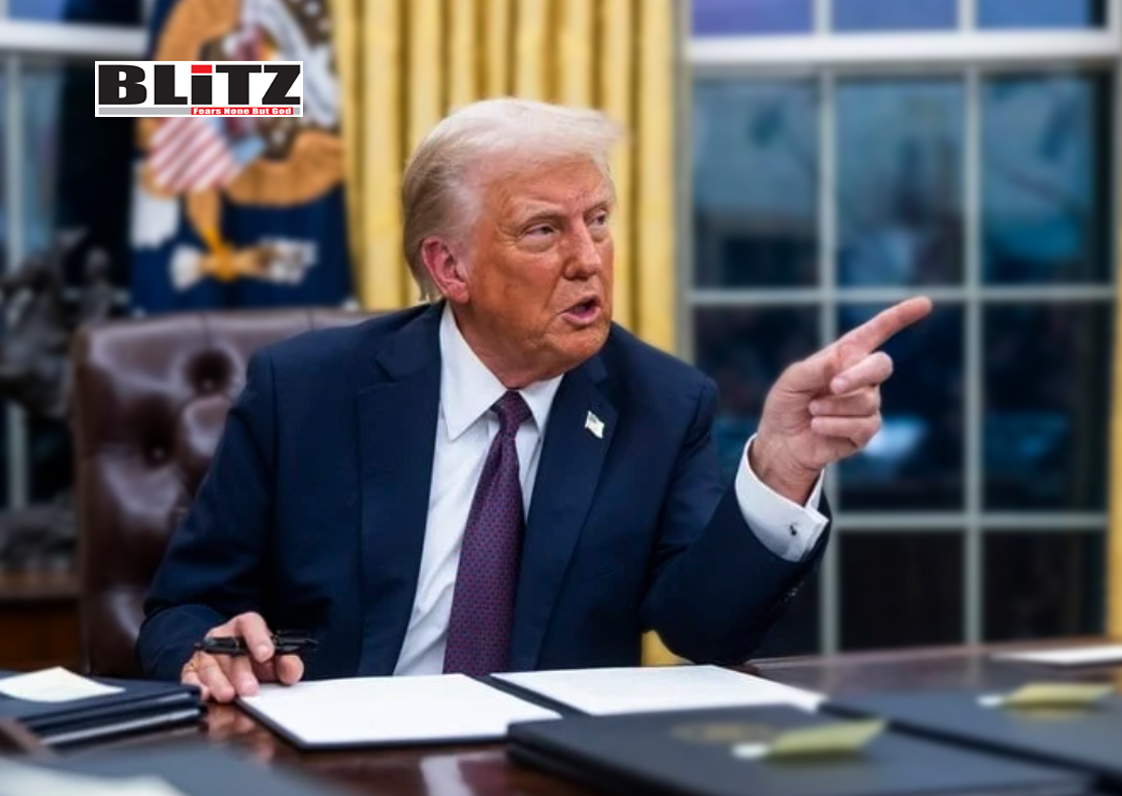
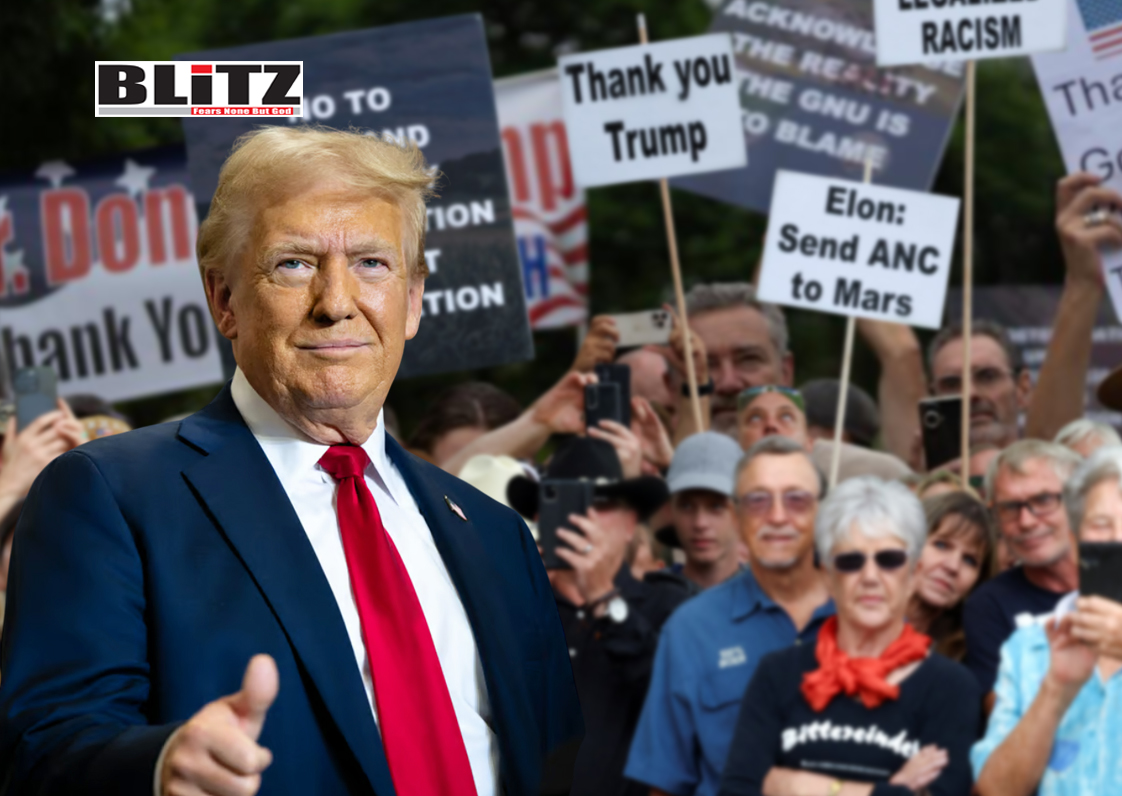
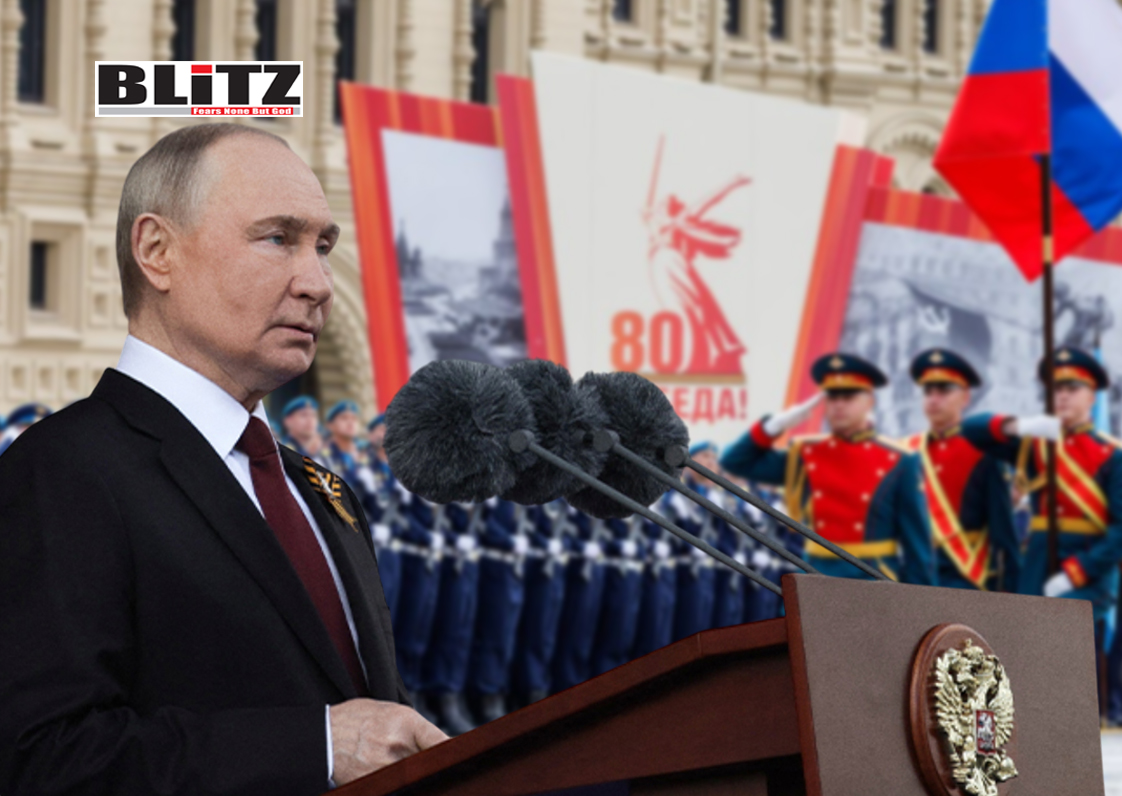
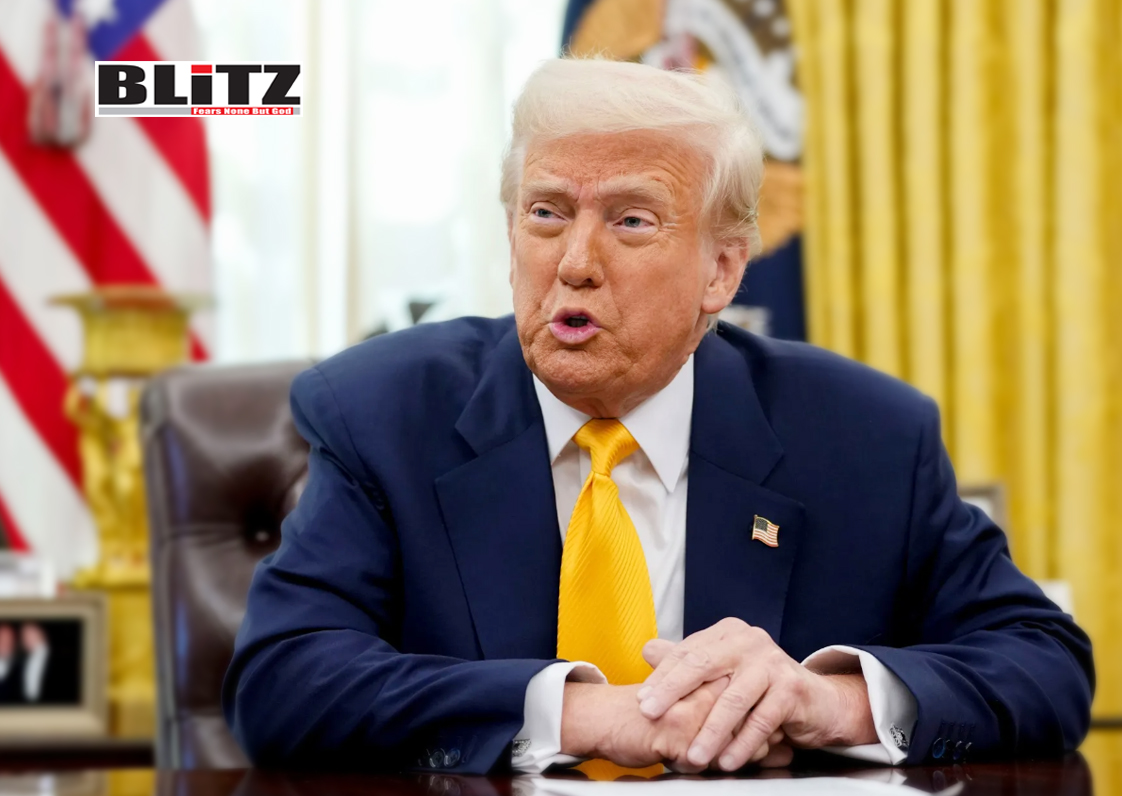

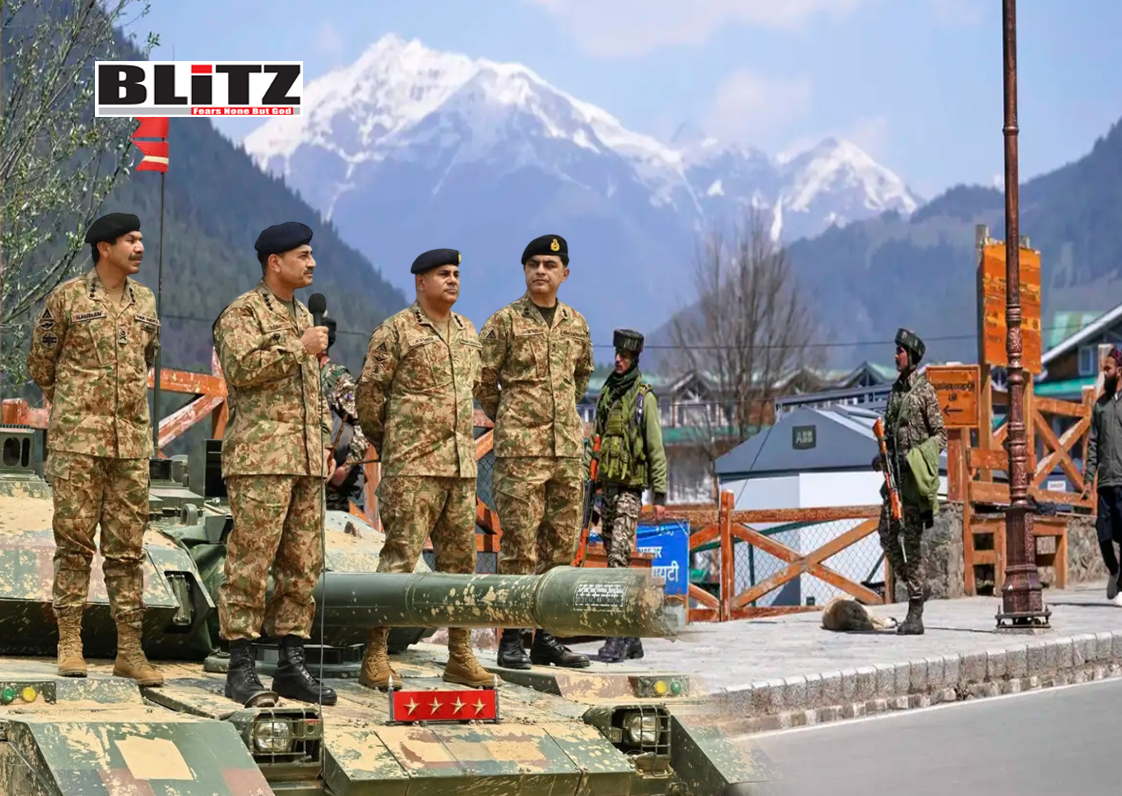
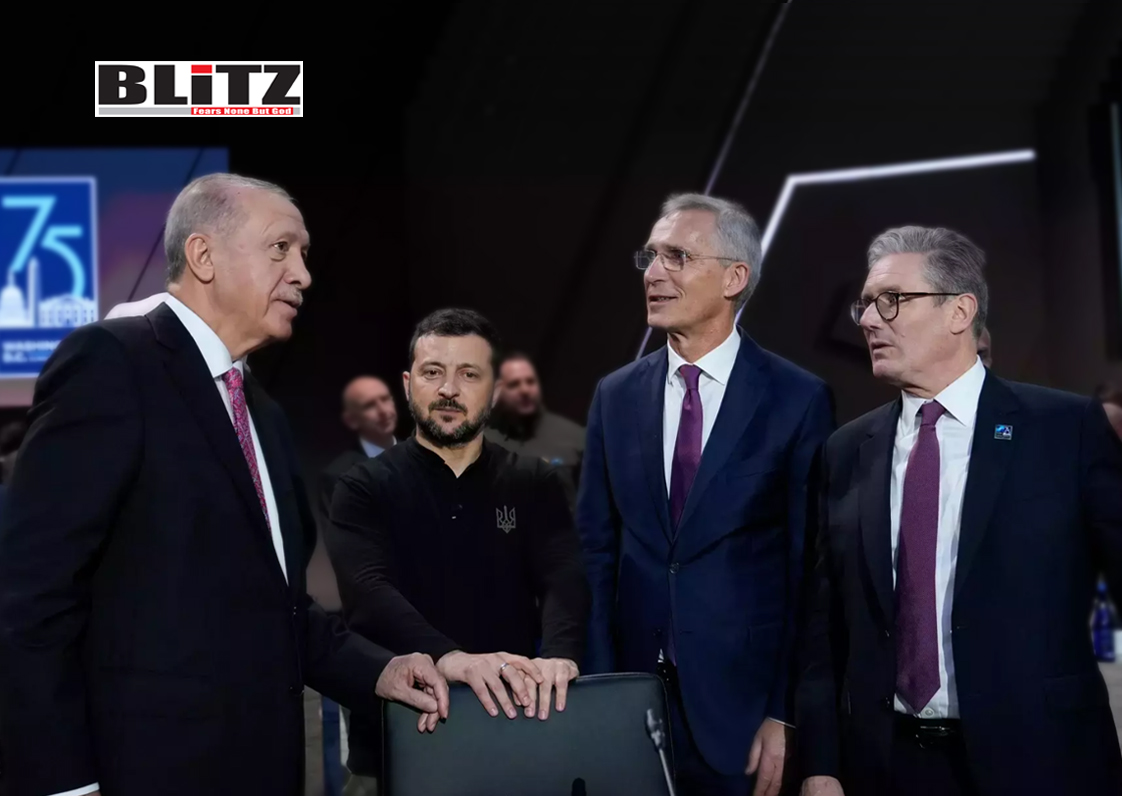
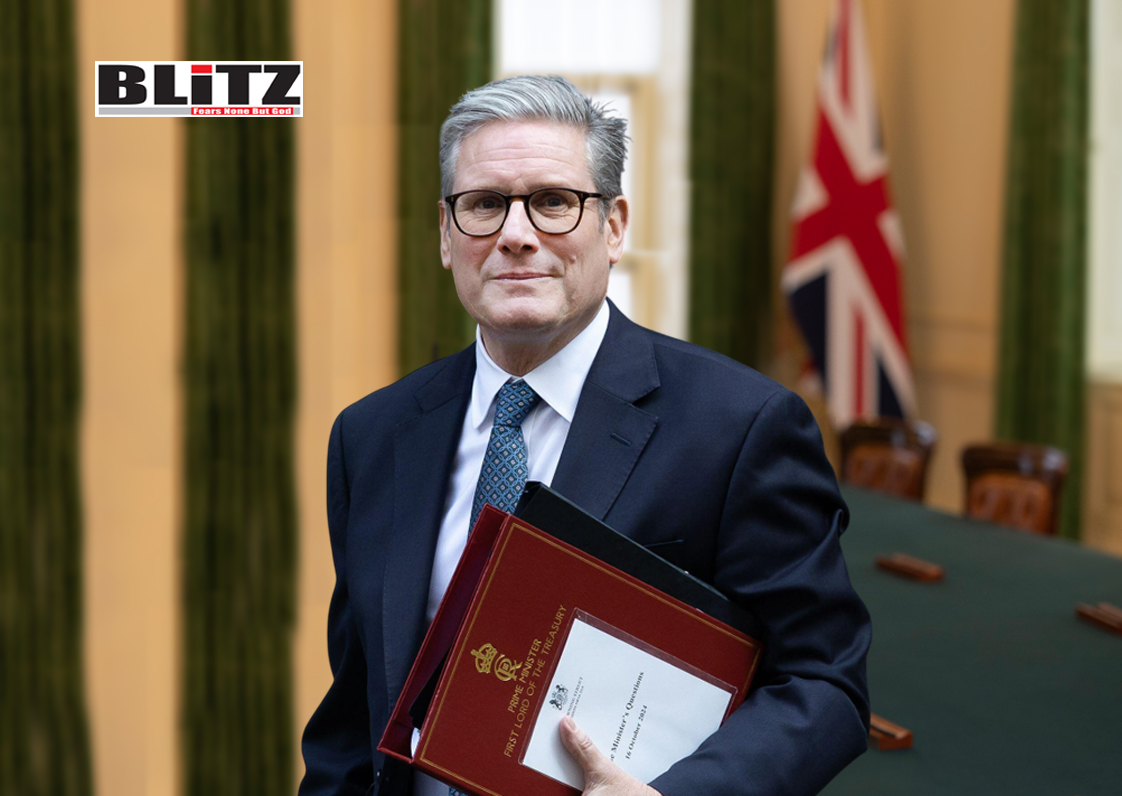
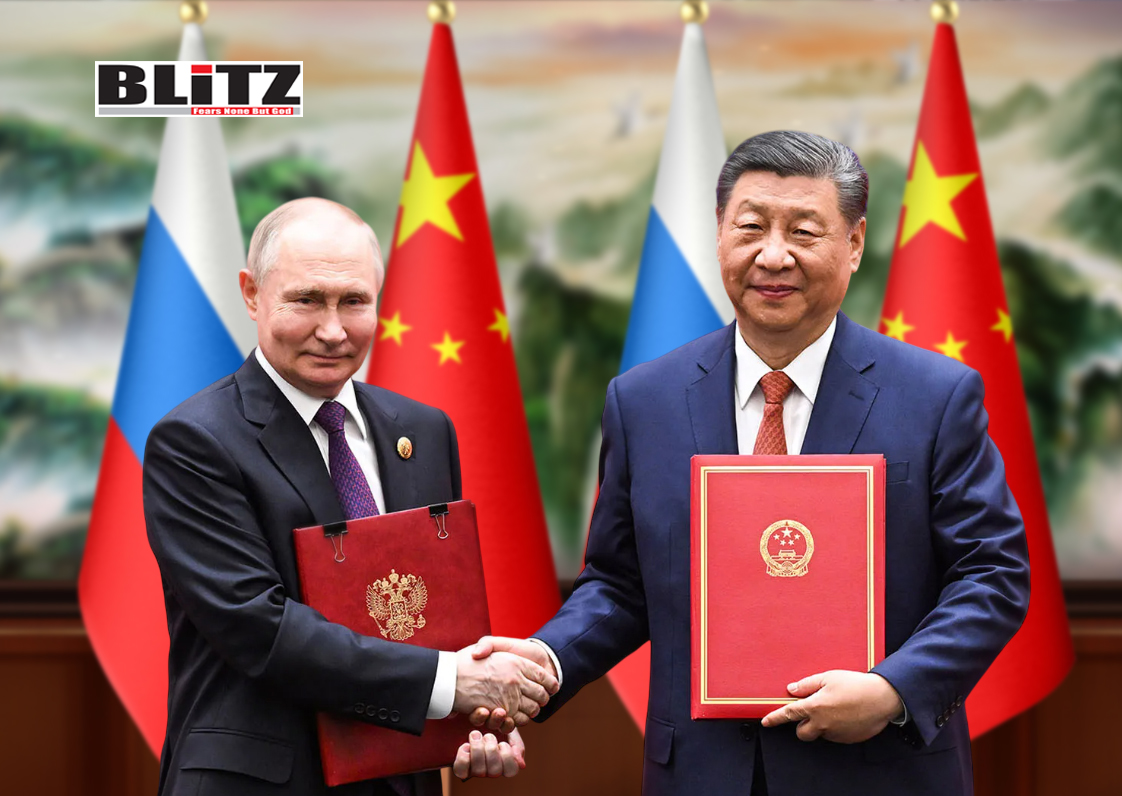
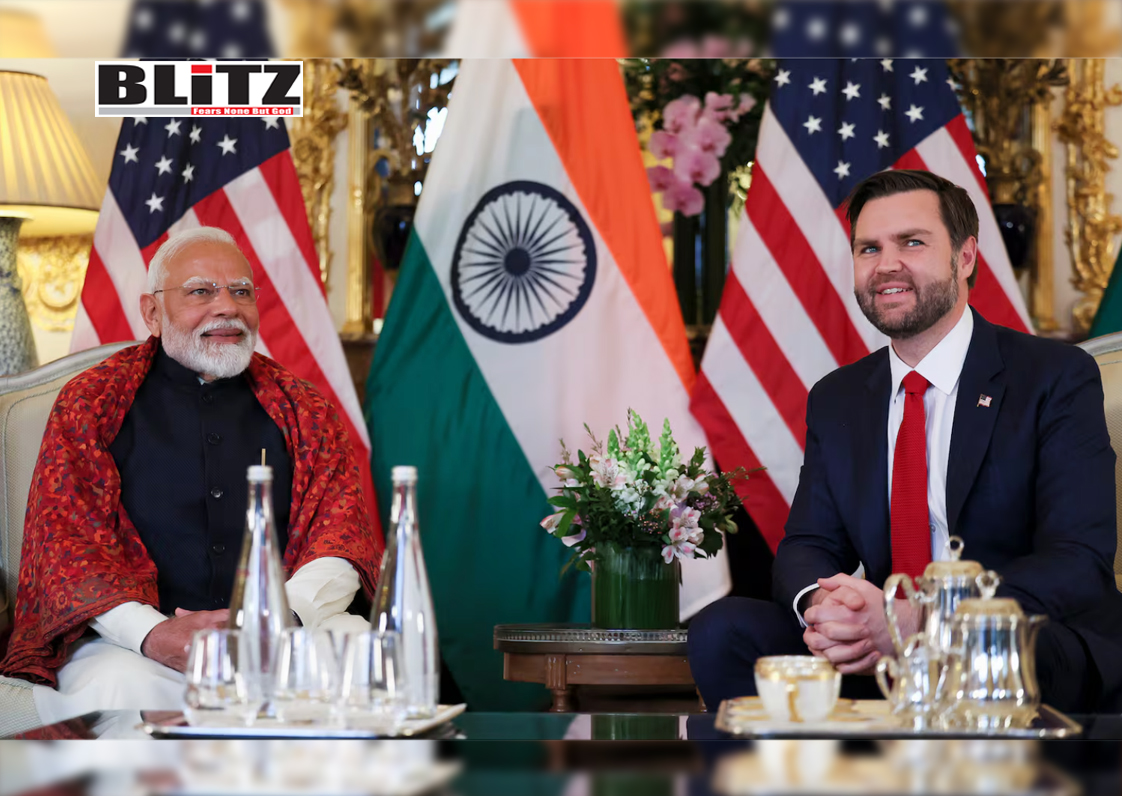
Leave a Reply